What’s Driving Industrial Property Management Today
Best practices are rapidly evolving. Experts weigh in on how to stay ahead of the competition.
The industrial sector continues to outperform other property categories, despite the much-discussed imbalance between supply and demand. According to CommercialEdge’s June 2022 National Industrial Report, the average vacancy rate for industrial stood at 4.7 percent, down from 5.7 percent in the June 2021 report. Development and investment sales remain robust. As of May, 657 million square feet of space were under construction, representing 3.8 percent of existing stock. Industrial asset sales totaled $31.2 billion through May, up 72 percent from the same period of 2021.
Even in this strong market, where owners usually have the upper hand, property managers have no shortage of challenges. Commercial Property Executive took stock of the most influential trends and the most effective strategies for success.
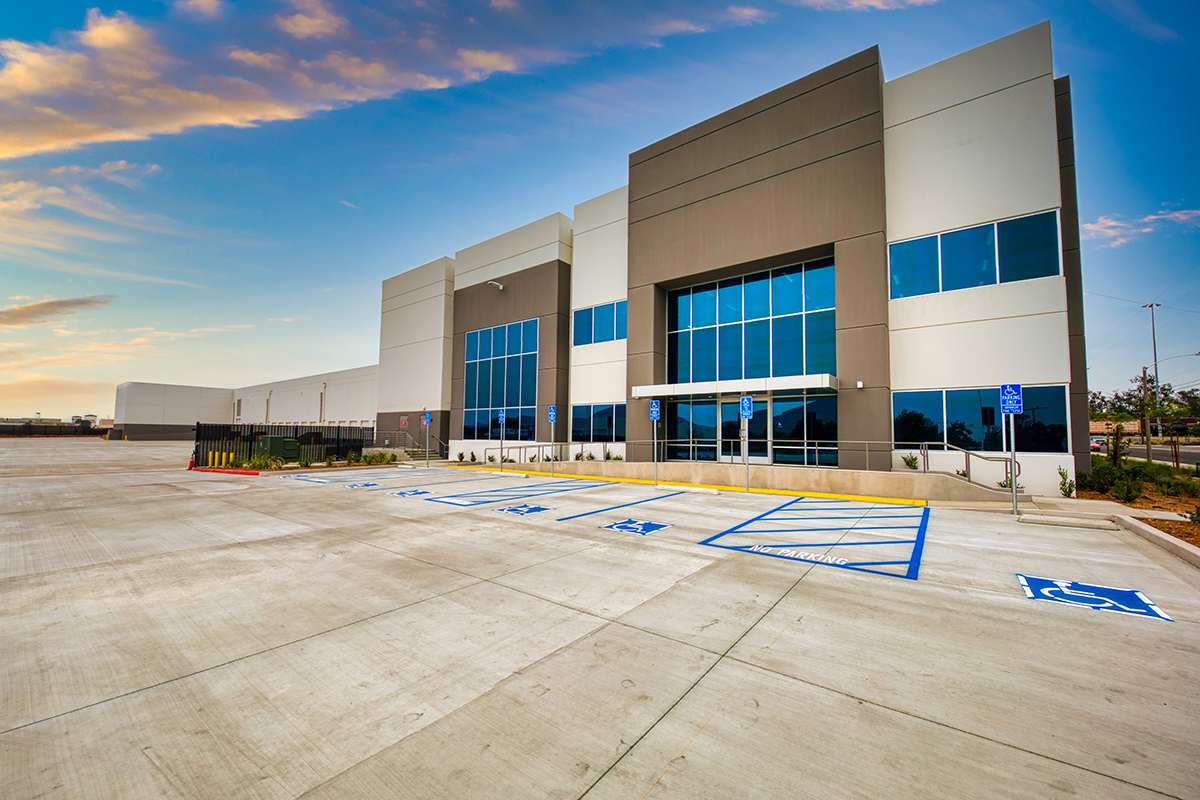
Strategically located next to I-10, Alder Commerce Center in Bloomington, Calif., offers 21 dock doors, a 180-foot truck court depth and warehouse, ground floor and mezzanine office space totaling 174,780 square feet. Image courtesy of Colliers
Planning Ahead
“Flexibility” continues to be a watchword for leasing in industrial as well as in other asset categories. Industrial property managers should plan for changing tenant needs and property upgrades.
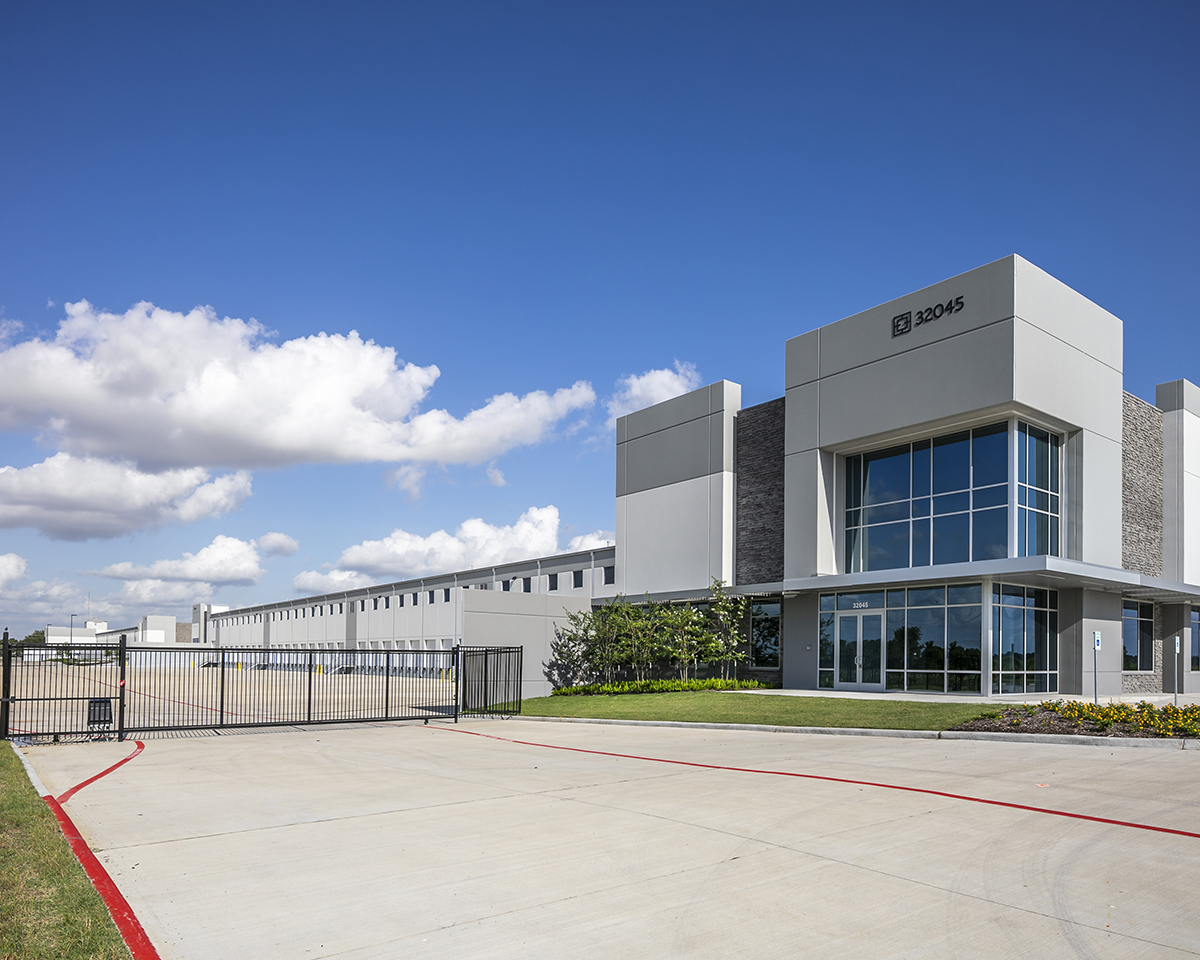
Empire West is situated within an opportunity zone and comprises three distribution facilities totaling more than one million square feet of space. Image courtesy of Mabry Campbell
“It’s imperative that contractors are lined up prior to a tenant vacating with pricing locked in to maximize value,” said Shelly Drakes, executive vice president, Asset Management at Dalfen Industrial. Some of the biggest issues: rising materials costs, finding quality vendors and employees, and tenant requests for short turnarounds of vacant spaces.
“All of this is influenced by the supply chain disruption and the COVID shutdown,” Drakes added. “Because of the disruption, some clients are now wanting to secure more space than currently needed to store surplus inventory necessary for changes in demand.”
But developing a strategic plan that ensures quality for tenants and high building performance will keep properties running smoothly and lead to fewer obstacles, even in the face of uncertain conditions.
Finding the Right Fit
Attracting potential tenants might not seem to take much effort at a time of high demand. But that doesn’t reduce the need for fundamental best practices. Managers should still be performing their customary due diligence and thoroughly scoping out prospective occupants.
“You really need to understand the building you are managing, the uses that surround the property and what the municipality allows,” said Victoria Knudson, partner & national leader of property management at Stream Realty Partners. “Having a good handle on the business is key.”
In most cases, property managers have the leverage—and the responsibility—to evaluate a business for whether it is the right fit for a property. At multi-tenant properties, a key consideration is potential conflicts between neighboring occupants in terms of access, operations or other issues. As Knudson emphasizes, managers should also make sure that property uses follow state and local regulations.
“Several factors come into play when (we’re) searching for the right tenant for a particular space,” Knudson recounted. “We look for product-specific users (industrial users for Industrial real estate), property zoning including parking ratios, and overall demographics for logistics.”
Marketing and incentives play key roles in Stream’s strategies for attracting desirable tenants to industrial properties. Even in a landlord’s market it can be worth offering new market entrants and younger companies a short-term lease on smaller spaces with extension options. Establishing that tenant relationship can not only backfill the space but start a productive long-term relationship. “As the business grows, you can increase rates and assist them as they transition into a larger location you manage,” Knudson observed.
In addition to staying up to date on the market and locally available space, managers should enlist brokers to source tenants and cultivate local relationships. This will ease the burden on property managers and streamline the leasing process when vacancies arise.
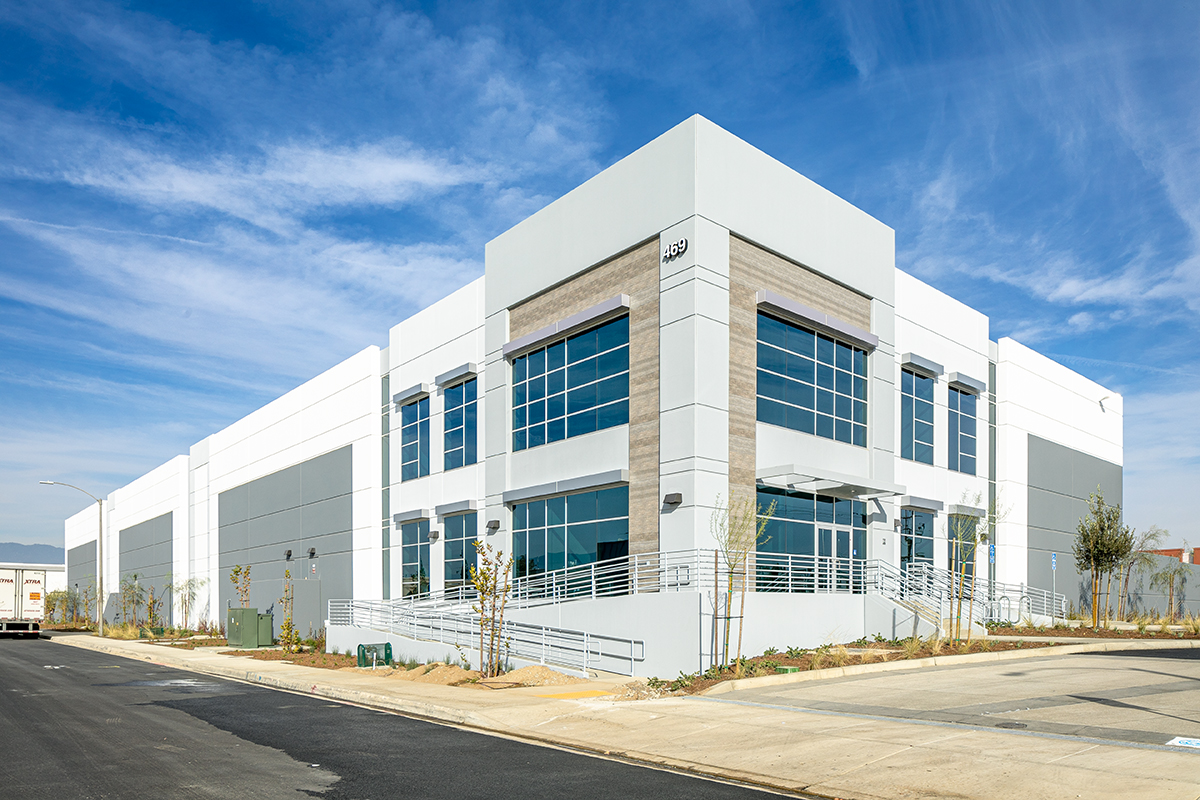
Located at 469 S. Yucca Ave. in Rialto, Calif., this property features a nearly 38,000-square-foot distribution facility and a 4,000-square-foot, two-story office component. Image courtesy of Dedeaux Properties
Meeting Demand
Industrial is giving the office sector a run for its money for innovation and providing what tenants are looking for. The relationship between property managers and tenants is shifting, with managers taking on more responsibility for key operations.
That trend also points to another crucial challenge: the hunt for talent. Attracting and retaining managers with the necessary skills and experience is likely an even higher hurdle now than it was three years ago, as professionals in most industries have more options than they did before the pandemic.
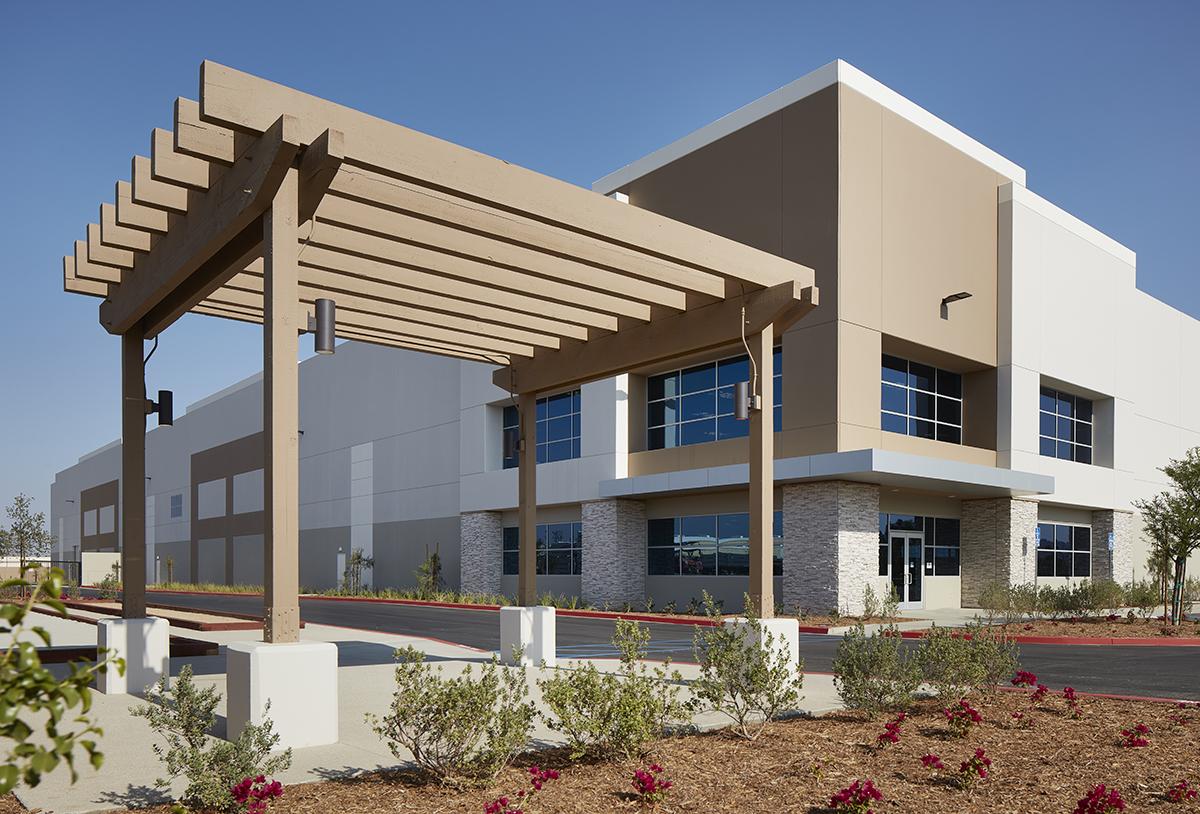
Featuring a 36-foot minimum clear height, 27 dock doors and 42 trailer parking stalls, this facility at 100 Walnut Ave. in Perris, Calif., is nearing completion. Image courtesy of Dedeaux Properties
“The biggest challenge we see with industrial property management is having a manager who is fully versed in tenant relationships, maintenance and capital upkeep, and operating financials for the property,” said Ted Evans, director of Asset Management at Dedeaux Properties. “Very often a manager will be very good at one or two of these items but finding a manager who can master all three can be a challenge.”
In the past, industrial tenants were worried mostly about such issues as ceiling heights and proximity to highways. Features such as LED lighting, Early Suppression Fast Response fire systems and large overhead doors are still a necessity, but today’s tenants are looking for more. New priorities include aesthetically pleasing spaces, high-end interior office finishes and exterior features that could easily be found at a new office development.
Accommodating other forward-thinking features is part of the new property management protocol, as well. One tenant at a Dedeaux property in Fontana, Calif., asked for installation of electric vehicle charging stations to serve its trucks. Dedeaux worked with the tenant to ensure that the property received enough power to serve the maximum allowable number of charging stations.
That addition has long-term and short-term benefits. “While the installation of the EV charging stations directly aids the tenant in the operation of their business,” Evans noted, “it also indirectly increases the marketability of the property, as future tenants will have access to these charging stations.”
Sustainability and Maintenance
More tenants are becoming conscious of the environmental impact of their businesses and how ESG and sustainable practices are implemented in their spaces and by their landlords. Top priorities include reducing energy consumption, using greener products and finding spaces that make these initiatives easier to track and more efficient.
“As property managers, we are focused on how our properties can positively influence the environment as well as implementation of social initiatives designated by our clients,” noted Debra Bonebrake, president of industrial property management at JLL.
Property managers and tenants are sharing more responsibility for maintenance and putting greater emphasis on it during leasing. At many single-tenant assets, the owner might be more willing to give the tenant responsibility for maintaining the property, apart from major structural issues such as roofs, walls, foundations and windows.
For larger tenants, however, property managers themselves may be better off handling contracts for such services as landscaping, security or HVAC. With their experience, marketing experience and vendor contacts, managers are likely in a better position to secure more competitive pricing. As long as contractors are licensed and insured, this approach is unlikely to lead to problems.
At any point, managers can step in if contract requirements aren’t being followed. The tradeoff is that property managers will be more hands-on. They will likely spend need to spend more time at the asset to ensure that it maintains its appearance and communicate that expectation with the tenant.





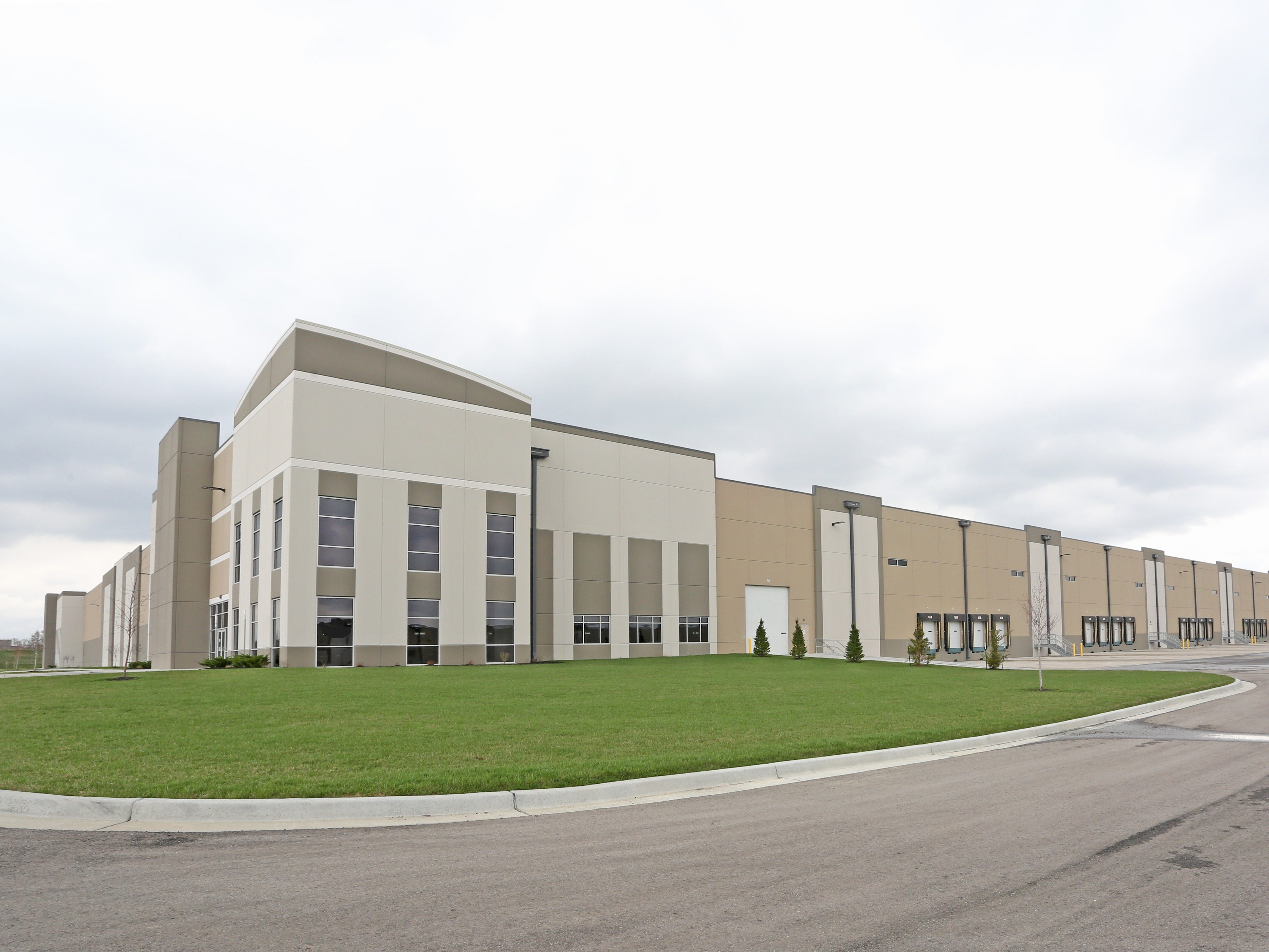
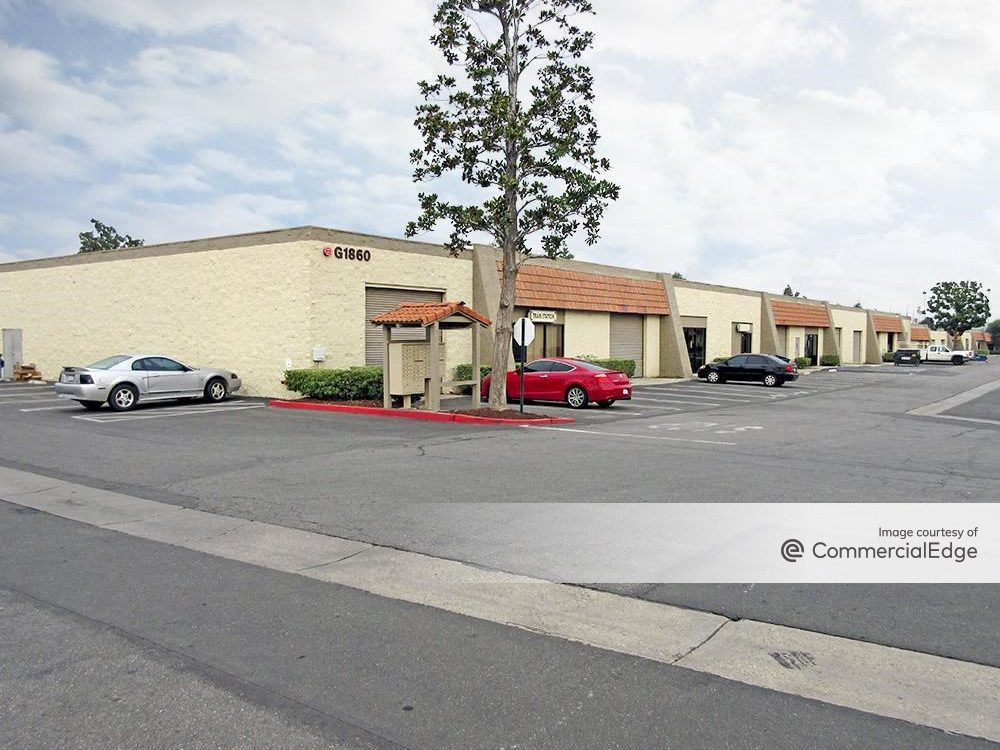
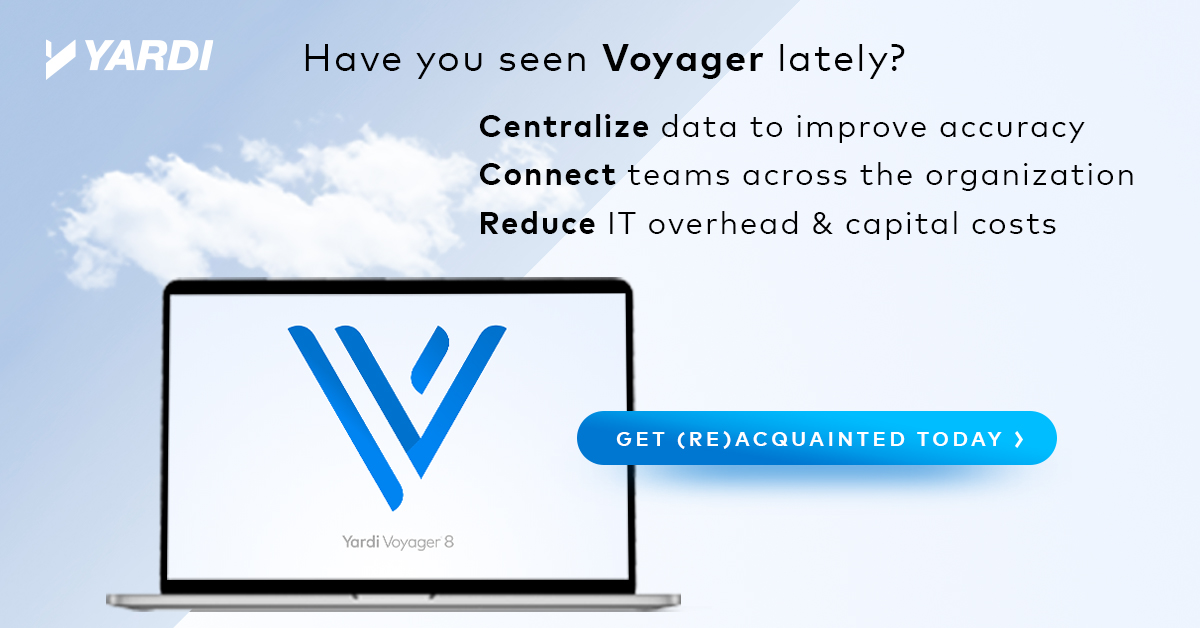
You must be logged in to post a comment.